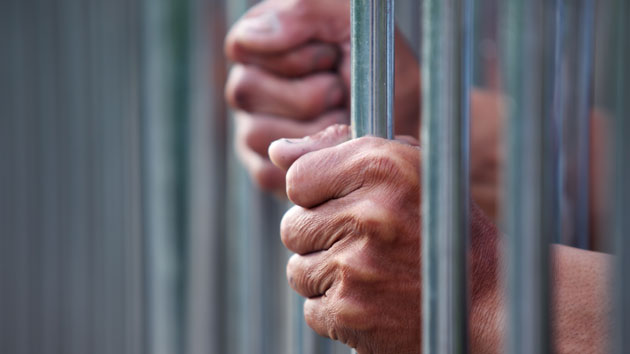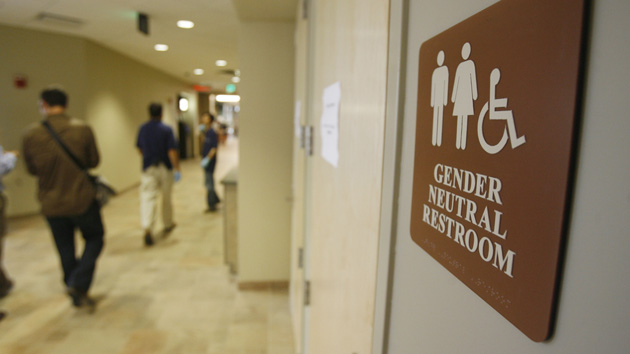
Sakhorn/Shutterstock
Amid several proposals in Republican-controlled statehouses to limit protections for transgender residents came a glimmer of hope from the federal government on Thursday. The Department of Justice issued new regulations clarifying guidelines it set in 2012 for the treatment of transgender inmates in prisons. The 2012 guidelines required prison and jail staff to consider inmates’ gender identity when deciding where to place transgender inmates, but many prisons continue to follow state rules that assign inmates housing according to their genitalia, the Guardian US reports. The new DOJ guidelines state that any “written policy or actual practice that assigns transgender or intersex inmates to gender-specific facilities, housing units, or programs based solely on their external genital anatomy” is in violation of the federal standard, which mandates that prisons consider both inmates’ gender identity and personal concerns about their safety when assigning them to a housing facility.
A survey conducted by the federal Bureau of Justice Statistics in 2011 and 2012 estimated that 4 percent of state and federal prison inmates and 3 percent of jail inmates reported being sexually assaulted by other inmates or staff in the previous year. But more than a third of transgender inmates in prisons and a third in jails said they had been sexually assaulted during the same time period. Transgender women housed in men’s prisons are at even greater risk for sexual assault. A California study found that nearly 60 percent of transgender women inmates housed in men’s prisons reported being sexually assaulted, compared to just 4 percent of non-transgender inmates in men’s prison. The BJS estimates that there are 3,200 transgender inmates in US prisons and jails.
The new guidelines are largely symbolic—they are not legally binding—but they make plain the federal government’s stance on the housing of transgender inmates, the National Center for Transgender Equality and Just Detention International said in a joint statement. “The new guidance, posted online today by the National PREA Resource Center, sends the clearest message yet that current housing practices in prisons and jails are in violation of PREA and put transgender people at risk for sexual abuse,” they said, according to Guardian US.
Last year, the Department of Justice wrote to a Georgia court in support of Ashley Diamond, a transgender woman who sought a transfer to a women’s prison. Diamond claimed she had been sexually assaulted multiple times at several men’s prisons during her three-year incarceration. She also requested a court order forcing the Georgia Department of Corrections to give her access to the hormones and medications she had been taking for years to treat her gender dysphoria prior to incarceration. (Diamond has since been released.) But most states have been slow to catch up.
There’s one state that’s ahead of the pack. Last year, California became the first state to adopt a policy of providing gender-affirmation surgery to transgender inmates for whom a doctor had determined the surgery was medically necessary. Months before adopting the policy, the state had agreed to pay for gender-affirmation surgery—at an estimated cost of between $15,000 and $25,000—for transgender inmate Shiloh Quine. In another case, a judge ruled the state was constitutionally obligated to provide gender affirmation surgery to transgender inmate Michelle Norsworthy under the Eighth Amendment. Norsworhty was released on parole before receiving the surgery.















